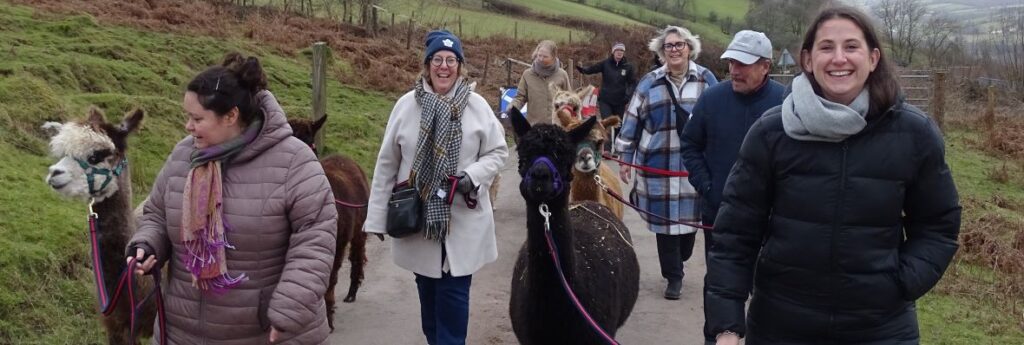Canadians have always been ahead of the curve when it comes to travel to Britain, according to the country’s national tourism agency chief executive Patricia Yates.
“Canadians come and they tend to stay, and they tend to explore more, and I think that’s where travel has gone post-COVID,” Yates says.
VisitBritain has done a “huge amount” of surveys showing how post-COVID travellers have changed, and Canadians tick all of the boxes, she told Travel Industry Today at the recent Britain Showcase 2023 event in London.
Additionally, she observes that Canadians have traditionally demonstrated aspirations to go beyond London and into the countryside and “really get under the skin of a place” – all post-COVID trends.
“Canadians,” she laughs, “have always been ahead of the curve.”
VisitBritain’s travel trade manager for Canada, Lynda Falcone, agrees that the tourist board’s “Another Side of Britain” campaign suits Canadians, who are already predisposed towards seasonal and regional travel in the UK.
However, the campaign isn’t simply about steering visitors away from London, but rather embracing the diversity of the destination and discovering that there is always something new to see.
On a post-Showcase Britain FAM trip for Canadian tour operator buyers, participants, for example, made their own (King Charles III) coin at the Royal Mint, trekked with alpacas in southern Wales (banner photo), stayed in Britain’s oldest hotel in the Cotswolds (The Old Bell Hotel), got a fright at Mary Shelley’s House of Frankenstein in Bath, and toured the Bombay Sapphire gin distillery, amongst other less-than-common experiences.
“We are encouraging people to do the icons with a twist,” Falcone adds.

At the showcase event, held at Tottenham Stadium, British Tourist Authority chairman Nick de Bois pointed to the soccer facility’s “Skywalk” attraction, which allows daring visitors to walk on the roof for a thrill and a panoramic view of London, as the perfect example of the type of “surprising, unexpected,” experiences that can be found across Britain.
“This is the unifying message that we’ll be basing all of our marketing on throughout the course of the next year. We want the world to see there is another side to Britain,” he said. “We want to celebrate those (tourism) icons. But (also) tell a story about how those icons are evolving with the times, offering dynamic experiences that you might not normally expect of us Brits.”
For example, he said, North Wales, known for its incredible castles, now boasts adventure options like ziplining.
To help tell that story Yates says, “Our strategy in Canada is to work with the travel trade to make sure that Britain is being sold in the market.”
Falcone says her office is dedicated to helping the trade sell Britain in all ways – not least in navigating post-pandemic travel to the destination, which she says is experiencing an “explosion” of travel interest. That includes advice that demand has in some cases impacted product availability, meaning clients should book early.
Or, little things, like bringing one’s own sanitizer as it is no longer been provided in public places.
Darlene St. Louis of RIT (Royal Irish Tours) points out another critical change: “The seven-day trip has almost disappeared,” she says, adding that most Canadian travellers want to add on at least a couple of extra days, making a nine-day stay more than common than a week.
VisitBritain statistics show that visitors are also spending more and that, combined with a 15% increase in arrivals from North America and a surge in the luxury market, pre-COVID value levels should return by the end of this year.
As Britain calmly carries on in an ever-changing post-COVID world, Falcone says, more than ever “our focus is to get back in front of the trade and understand the needs of the industry. Our job is to support them… And be there for travel agents.”

